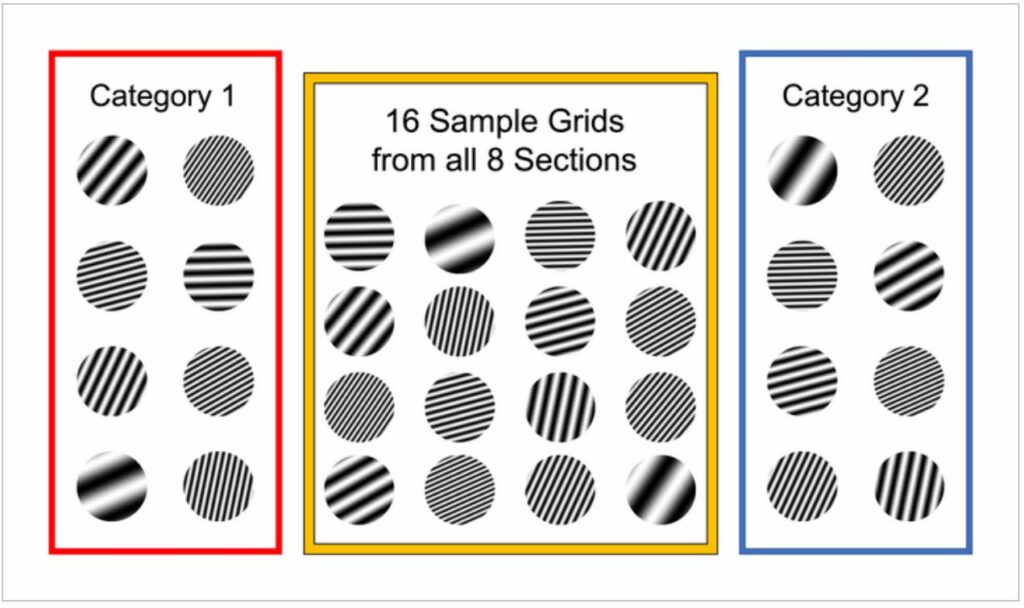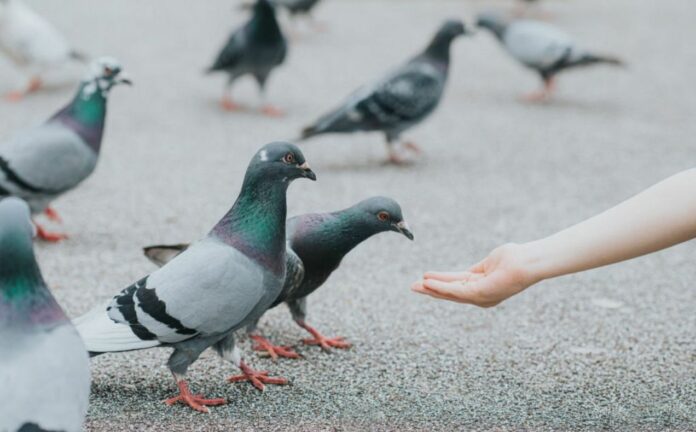Can a pigeon compete with artificial intelligence? To a certain extent, yes.
Researchers at the University of Iowa looked at how the pigeon brain functions and how the “brute force” of the bird’s learning is comparable to artificial intelligence in a new study.
The researchers conducted complex categorization tests on pigeons that couldn’t be solved by high-level thinking such as logic or reasoning. Through repeated trial and error, the pigeons eventually memorized enough scenarios to achieve a 70% accuracy rate.
The way the pigeons try things over and over again and learn from their mistakes is similar to how computers learn. The researchers argue that computers use the same fundamental process after being “taught” how to detect patterns and items that are readily recognized by humans. Of course, computers significantly outperform the pigeon brain in terms of memory and storage capacity—and they continue to become stronger in those areas.
However, the fundamental association-making mechanism, which is a lower-level thinking strategy, is the same for both the test-taking pigeons and the most recent AI developments.
Corresponding author Ed Wasserman comments on AI’s capabilities, AI is often touted for its amazing abilities, such as defeating humans in chess or video games. But it’s not because AI is intelligent, it’s using the same or similar system as the pigeon in this study.
The researchers tried to figure out two different kinds of learning. One, called declarative learning, is based on using reason based on a set of rules or strategies. This is a so-called higher level of learning that is mostly attributed to people. Associative learning is based on establishing associations between concepts, such as “sky-blue” and “water-wet,” via observation and practice.
While many animal species engage in associative learning, only a few number of them—chimpanzees and dolphins among them—are considered to be able to engage in declarative learning.

Computers, robots, surveillance systems, and a host of other technology now seem to “think” like people, which is why AI is so popular. However, is it really the case, or is AI only the result of clever human inputs? Or, to put it another way, have we undervalued the role that associative learning plays in both human and animal cognition?
To find out, Wasserman’s team created a “diabolically difficult” test, in his words.
The test pigeons were presented with a stimulus and had to categorize it by pecking either the right or left button.
Line width, line angle, concentric rings, and sectioned rings were among the categories. If the question was answered correctly, the reward was a delicious pellet, but if it was answered incorrectly, there was no reward. Wasserman claims that the test’s difficulty stems from the fact that it lacked any discernible pattern or underlying logic.
“These stimuli are special. They don’t look like one another, and they’re never repeated,” adds Wasserman. “You have to memorize the individual stimuli or regions from where the stimuli occur in order to do the task.”
After a rough start, each of the four test pigeons eventually reached a rate of 50 percent accuracy. But after taking several tests, the four ultimately improved to an average of 68% correct.
“The pigeons are like AI masters,” Wasserman remarks. “They’re using a biological algorithm, the one that nature has given them, whereas the computer is using an artificial algorithm that humans gave them.”
The pigeons’ ability to reason at a fundamental level is what finally enabled them to succeed, despite the fact that AI also uses associative learning. Wasserman says that if people took the same test, they would do badly and likely give up.
The objective, says Wasserman, “was to see to what extent a simple associative mechanism was capable of solving a task that would trouble us because people rely so heavily on rules or strategies.”
As the author puts it, “In this case, those rules would get in the way of learning. The pigeon never goes through that process. It doesn’t have that high-level thinking process. But it doesn’t get in the way of their learning. In fact, in some ways it facilitates it.”
Wasserman thinks that the way people look at associative learning is strange.
“People are wowed by AI doing amazing things using a learning algorithm much like the pigeon,” he adds, “yet when people talk about associative learning in humans and animals, it is discounted as rigid and unsophisticated.”
Image Credit: Getty
